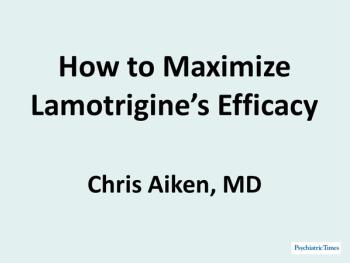
Two FDA-approved medications are making a dent in treating bipolar disorder in youths, a serious illness that adversely affects young patients, as well as their family and peers.

Two FDA-approved medications are making a dent in treating bipolar disorder in youths, a serious illness that adversely affects young patients, as well as their family and peers.
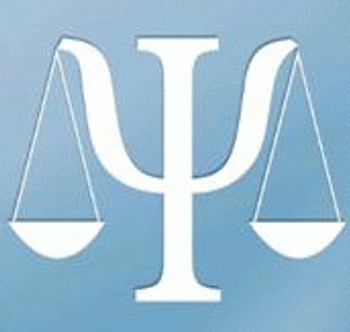
Which medical condition-characterized by the rapid onset of delirium, mania, and psychosis-is linked with bipolar disorder? Take the 5-question quiz and learn more.
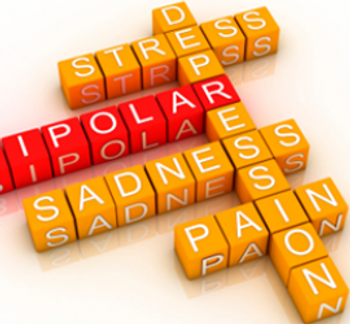
Since the choice of treatments for a primary bipolar I disorder major depressive episode versus a unipolar major depressive episode are significantly different, this information will help guide clinicians in how to proceed.
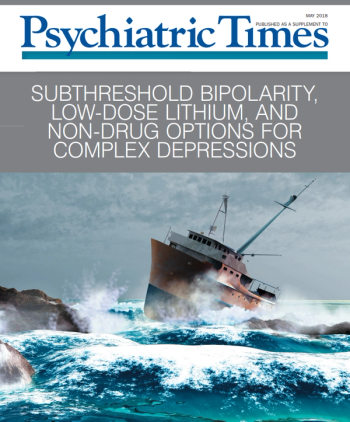
Download this educational supplement to review the challenges of managing bipolar disorder.

Hypomania is critical to rule out, but hard to pin down. In part 1 of this 2-part series, Dr. Aiken shares his top pearls for making the diagnosis.
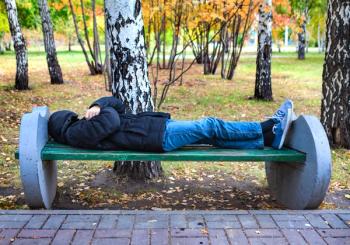
Clinical features that guide the selection.
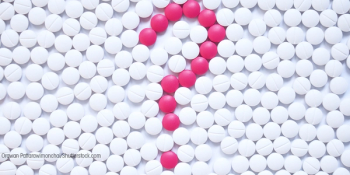
The author shines a light on a preventative treatment for both children and adults.

The first clinical trial of probiotics in bipolar disorder is out, and the results look promising.
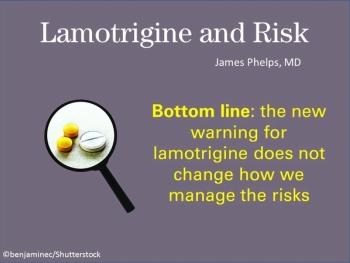
A rare but serious reaction to this treatment can have immunological consequences. As with all medications, however, the latest alert does not change how psychiatrists manage the risks.

In children who have a first-degree relative with bipolar disorder, the severity of symptoms predicts whether they will transition to the illness.
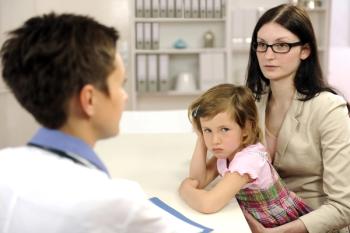
Regardless of the symptoms that a child presents with, careful monitoring for hypomania is needed if the problems are significant and the parent has bipolar disorder.

DSM focuses on the difference between Bipolar I and II. But there’s another way to categorize the illness that may have more relevance to treatment.
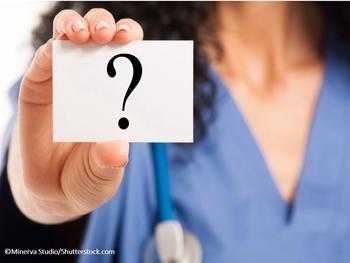
What are the guidelines for working with patients who do not respond to FDA-approved medications for bipolar disorder?

How many people who take an antidepressant truly have severe difficulties when they try to taper off? Or, is it “all in their mind”?
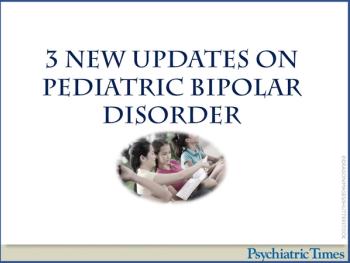
This report includes a study on patterns of prodromal psychiatric symptoms that may help identify young persons at increased risk of bipolar disorder; sibling bullying and risk of psychotic disorders; and a new smartphone app that tracks moods and predicts bipolar disorder episodes.
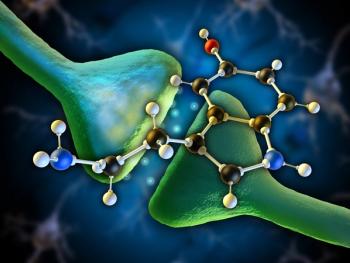
High levels of vitamin D-binding protein may hold promise for use as a diagnostic biomarker of pediatric BD.

When the treatment doesn’t work, consider the options. Or, question your diagnosis.
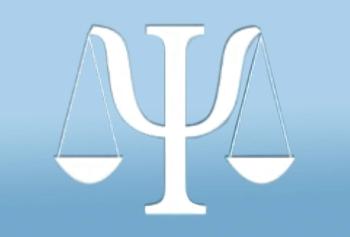
Test your knowledge on strategies to reduce and prevent restraints and seclusions among children and adolescents in psychiatric settings.
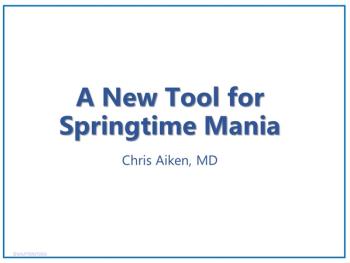
An environmental approach to mania makes it possible to “slow down the sun” and modulate the destabilizing effects of spring sunlight. More in this report.
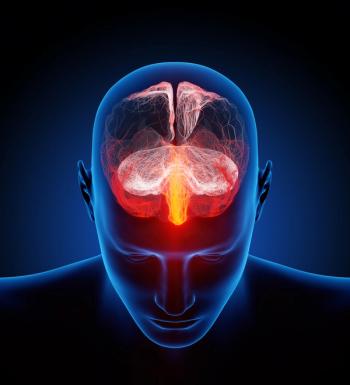
Transcranial direct current stimulation delivery systems differ from one another in design, action, and results. One has been shown to be significantly better than sham treatment for bipolar depression. What does this mean for clinical practice?
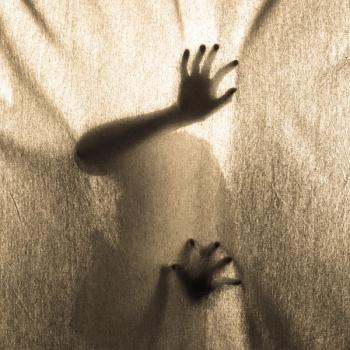
ECT has been found effective in mitigating the deleterious consequences of SIB.
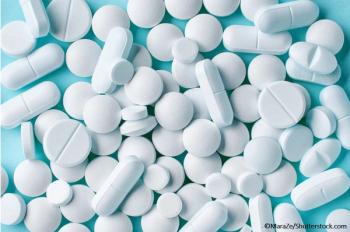
Lamotrigine’s favorable tolerability is a welcome advance for patients with bipolar disorder. The danger it poses is at the start of treatment, when its mood-lifting effects can easily be waylaid by the eruption of a rash.
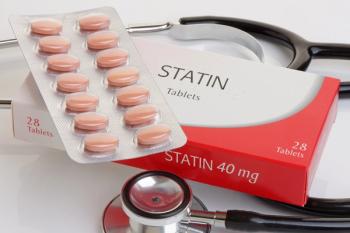
This statin shows promise in reducing symptoms of bipolar disorder and depression. Still, one must be cautious and think through the treatment plan for each patient.
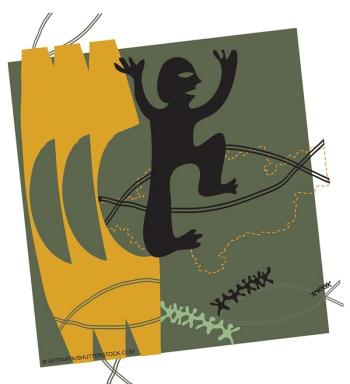
Recent studies have demonstrated the wide-reaching adverse effects of being bullied in childhood. These effects range from impaired academic performance to interest in cosmetic surgery.
